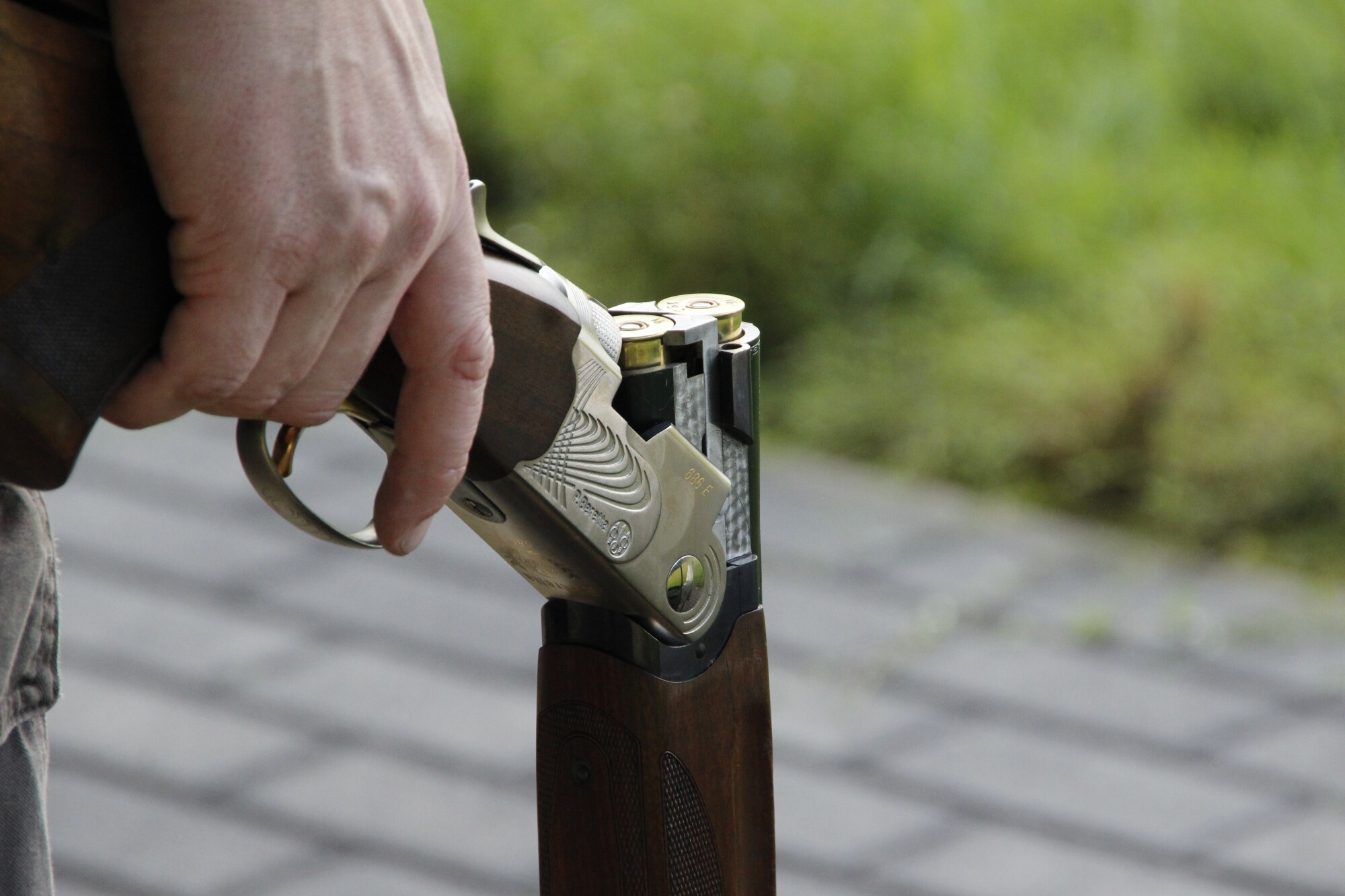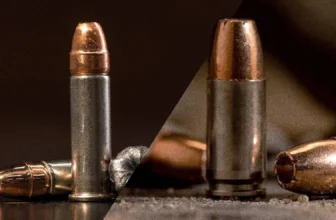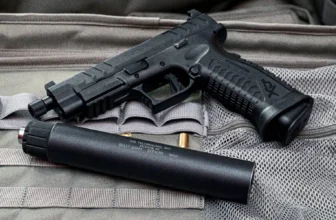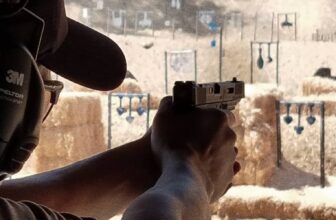Blunderbuss. Scattergun, Trench gun. Whatever you call it, the shotgun has long been one of America’s favorite firearms. It’s also evident in the history of the shotgun shell.
“A shotgun shell or shotshell is a self-contained cartridge loaded with lead shot or a shotgun slug which is designed to be fired from a shotgun.”1
History
The earliest smoothbore firearms loaded with shots were the “fowling pieces” that appeared in 16th-century Europe. In the early 17th century, the barrels were made as long as 6 feet (1.8 m) in an attempt to gain maximum accuracy.2
The development of the shotgun cartridge, or “shell,” in the 1860s allowed for the rapid development of better shotgun designs.3
Early shotgun shells had brass cases, which were similar to rifle cartridge cases from the same era. In terms of both the head and primer portions of the shotgun shell, as well as their dimensions, these brass shotgun hulls or cases resembled rifle cartridges. These early shotgun shell primers were identical to pistol primers of the same diameter.
Paper hulls began to replace brass shotgun shells around 1877. Until the late 1960s, paper hulls were popular for nearly a century.
Plastic cases began to replace paper hulls for shotgun shells in the 1960s. Plastic cases had largely replaced nearly all paper hulls for shotgun shells by the 1980s.
Nowadays, shotgun shells are typically housed in a plastic case, with a thin brass covering on the base. Lead-free shotshell ammunition loaded with steel, bismuth, or tungsten composite pellets rather than traditional lead-based pellets was introduced at the turn of the century.
Sizes
Gauges are used to classify shotgun shells. The gauging system used with shotgun shells, unlike other types of ammunition, does not correspond to any linear measurement. A shotgun gauge describes the number of lead balls that can be produced from a pound of lead.
By far the most popular shotgun gauge is 12-gauge. The larger 10-gauge shell, once popular for hunting larger birds like goose and turkey, is on the decline due to the introduction of longer, “magnum” 12-gauge shells that offer comparable performance. Smaller-framed shooters who prefer less recoil, those hunting smaller game, and experienced trap and skeet shooters who enjoy the added challenge of hitting their targets with a smaller shot charge all favor the mid-size 20-gauge chambering. Other gauges that are less common but still commercially available are 16 and 28.
Non-shotgun caliber shotshells are also available for use in rifled barrels ranging from.22 Long Rifle too.38 Special to.44 Magnum. These are frequently used in revolvers to dispatch small rodents.
Birdshot vs buckshot
When it comes to pellet size, birdshot is the smaller of the two. These shells, designed for dropping birds of various sizes over short, medium, and (in some cases) long distances, have become a trusted option for quail, duck, turkey, and, goose. Because the pellets in these shells are smaller, you can fit more total pellets into the shell, increasing your chances of hitting the target effectively.
Buckshot loads large metal pellets into the shell, giving each pellet more weight and force, although there are fewer pellets per shell. When you fire a buckshot load, the pellets move outward from each other, just like birdshot, but the pattern is tighter (depending on the shotgun barrel and other factors). The force placed into the target will be greater with heavier pellets. This is why we use buckshot when hunting larger animals, particularly whitetail deer.
1 https://military-history.fandom.com/wiki/Shotgun_shell
2 https://www.britannica.com/technology/shotgun
3 https://www.libertysafe.com/blogs/the-vault/origins-of-the-shotgun






